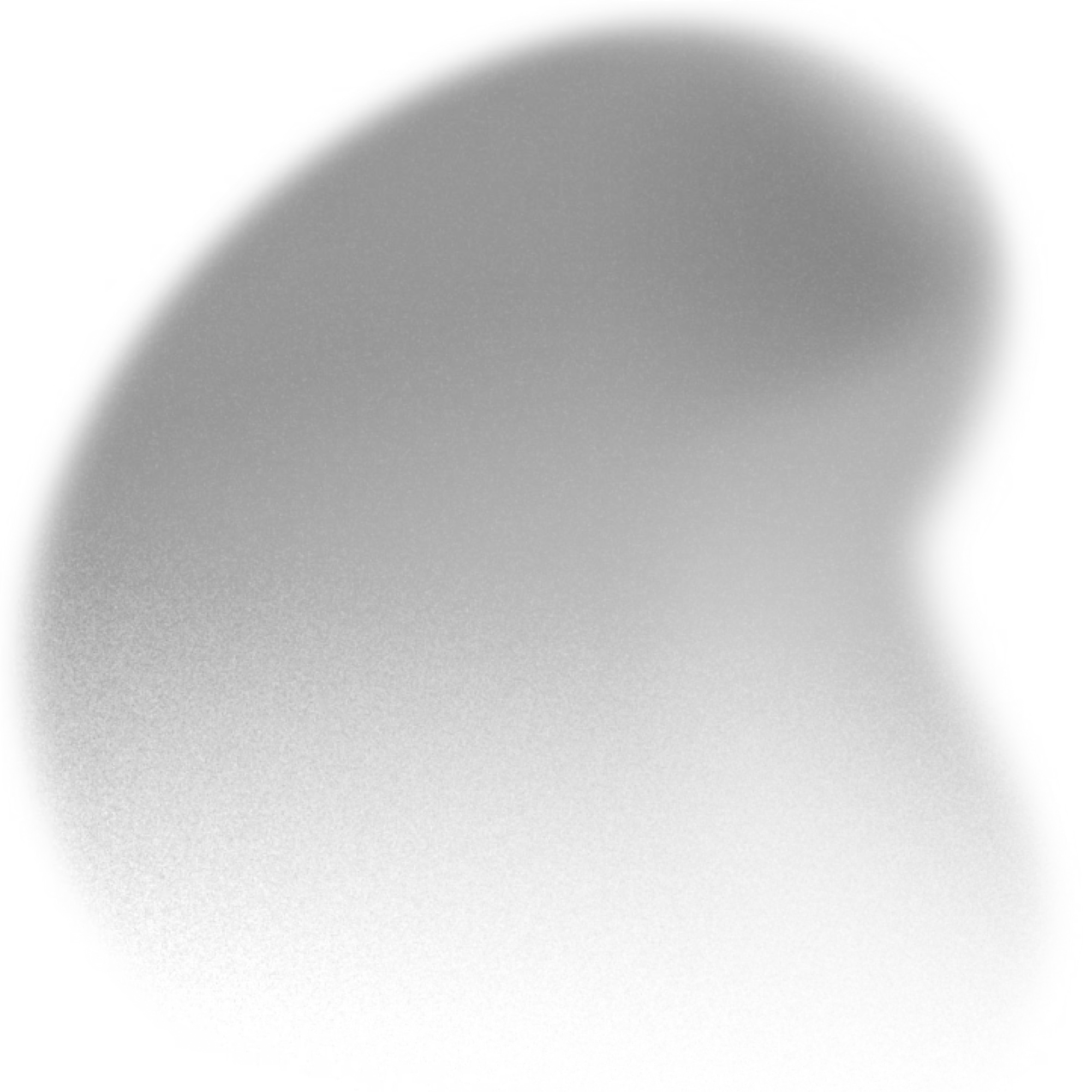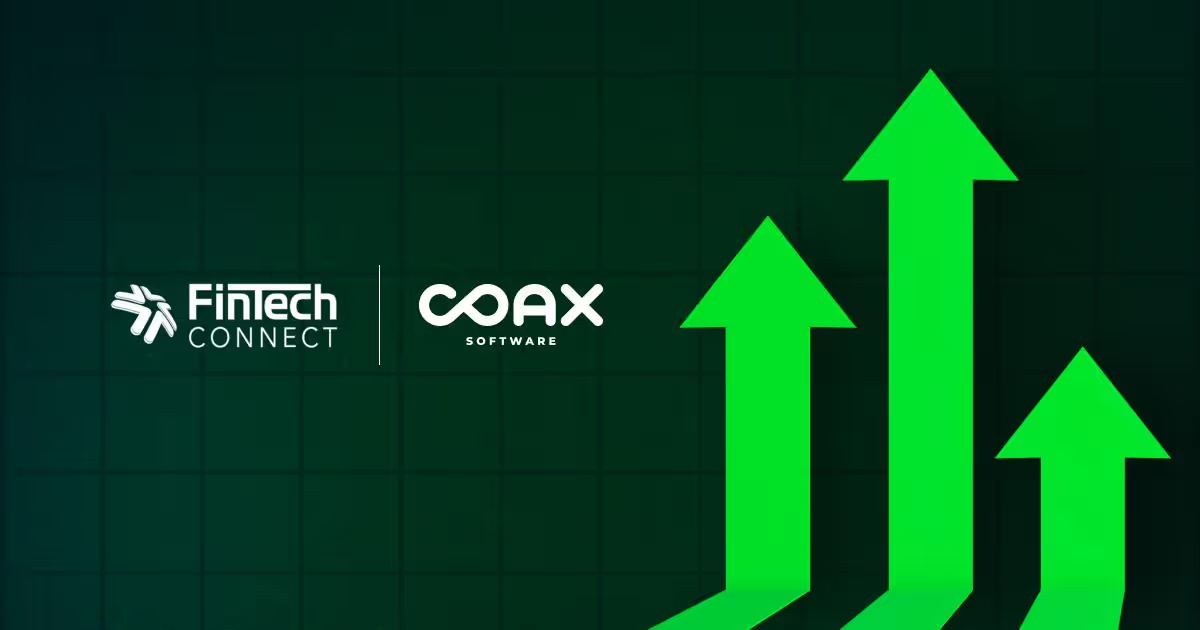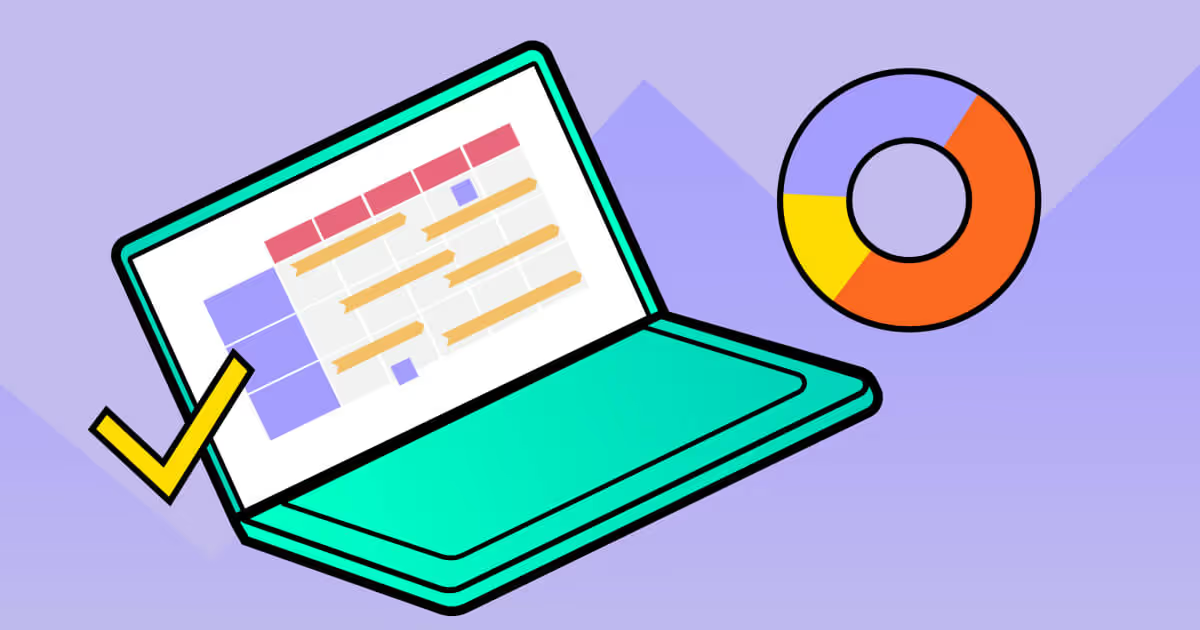Unlock your product’s potential with expert discovery.
COAX provides software product discovery services that help you rationally plan project development, choose the right technology stack, optimize costs, and reduce potential risks. After 15 years of deep dives into clients’ pain points, competitive advantage, and tech viability, we crystallized our roadmap for a successful product discovery.




Scroll down
Define your right path with expert discovery phase services
No need to make risky investments: start right with a proven discovery process. Validate, refine, and build with precision.
The discovery phase in software development is designed to bridge the gap between your business idea and a future software solution. Drawing upon in-depth analysis and direct product development expertise, our software discovery team will transform your idea into a clear product vision or breathe new life into your existing project.
Why is digital product discovery the basis for project success?
Top-tier product quality
The discovery phase empowers the team to deeply understand your vision and analyze technical challenges in every detail, which will inevitably translate into a better quality of the final product.
Effective risk management
Product discovery forecasts and eliminates risks, helping build the optimal route to achieve your business goals through technical solutions.
Predictable costs
Our discovery phase services for product development focus on your core features, equipping you to estimate expenses accurately.
More fruitful partnership
The project discovery phase allows companies to assess the team they will work with, ensuring they grasp your business processes and create product discovery solutions to last for decades.
We use the most effective product discovery frameworks
/ 01
Agile product discovery
Digital product discovery leverages sprints to ideate, prototype, and validate solutions within condensed timeframes. This keeps your project flexible and adaptable, empowering you to react quickly to changing needs.
/ 02
LEAN startup methodology
We accelerate your discovery phase project with rapid testing and validation, ensuring every step is purposeful and avoids unnecessary waste. We prioritize speed, adaptability, and delivering solutions that truly meet your customers' needs, increasing your chances of success.
/ 03
Design thinking
Transform user insights into winning solutions. Each product discovery tool we use digs deep to uncover what your customers truly need. We blend creativity with proven product discovery techniques to drive innovation and rapid market entry.
/ 04
User-centered research
We focus on real user needs through interviews, surveys, and behavioral analysis. By understanding pain points and motivations early, we ensure your product solves the right problems before development begins.

When do you need product discovery services?
When you intend to develop a digital product from scratch, well-executed software discovery will test the concept, map your business goals, and identify the potential project scope and technical stack.
If you have a massive project in line, continuous product discovery breaks down complexity into manageable pieces. We untangle complex requirements and create clear, easy-to-follow roadmaps.
During product discovery, we thoroughly examine your current architecture, codebase, deployment approach and pipelines, and business processes to find room for improvement and add features that convert into revenue.
Digital product discovery is the initial stage of refreshing your product’s look & feel. We'll perform a discovery phase UX audit and craft an evolution strategy that reimagines old features while preserving what works, transforming intricate business logic into simple user flows.
If you’re starting with foggy requirements, the software discovery phase service helps you pivot uncertainty into a crystal-clear action plan. No more guesswork — just structured, strategic progress and fast time-to-market with a scalable MVP.
If your existing product isn’t gaining traction, discovery services help diagnose why. We analyze user feedback, market fit, and performance gaps to pinpoint issues, then redefine strategy for a stronger relaunch.
Main stages of the product discovery process
Every successful product starts with a clear plan. Our discovery process helps turn your idea into a structured, validated concept by following an established roadmap.
Your first product discovery steps begin with building the perfect team of experts who have product discovery tools, as well as other diverse skills, in their arsenal. The discovery team typically includes a project manager, UX/UI designers, developers, and a business analyst. However, we adjust your team composition and size depending on your project’s requirements.
For starters, we schedule a kick-off call to ask you questions and collect all the information about your idea. Next, using specialized product discovery frameworks, we conduct in-depth research to identify your target audience and analyze the market and your competition.
During the UX discovery phase, we run ideation sessions to unlock your product's potential. Through collaborative workshops, we cut down on the noise, identify key features, and wireframe the concept of the solution. Join us in the creative process if you want — or leave it all on us.
We evaluate architecture options to ensure your foundation is built for both immediate needs and future scaling. We locate the closest path to implement the needed features from scratch or integrate them into your existing architecture.
During this stage of the project discovery phase, we create interactive prototypes or mockups to visualize the solution. This allows us to test key workflows with real users, gather feedback, and validate assumptions early, reducing risks before development begins.
The discovery phase ends in concrete deliverables. We prepare the Product Requirements Document (PRD), SLA, technical specifications, architecture, detailed time and cost estimates, and a product roadmap.
Client feedback
Discovery phase deliverables
A successful product discovery helps you see how the initial brief is transformed into the final deliverables, setting actionable steps in product development. As a result of our project discovery phase, you receive specific deliverables that bring value to your product’s success.
Product requirements document
The Product Requirements Document describes the key requirements for the future product, including the product's purpose, features, and functionality. It will serve as a guide to help build, launch, and market the product.
Service-level agreement
The SLA describes the services and their expected levels, duties and responsibilities of each party, metrics by which the services will be measured, and a protocol for adding and removing metrics.
Technical risk analysis
Using our proven product discovery techniques, we identify all technical bottlenecks worth noting. This document defines all possible risks associated with achieving the project’s goals.
Test strategy
This document describes the way testing will be carried out. It includes test objectives and guidelines for achieving them.
Wireframes
A wireframe is a graphic representation of the structure of a website or app that clearly determines what is supposed to be on each page.
Project estimation
It identifies the team needed to deliver your project and estimates monthly and/or total costs.
Infrastructure architecture
It focuses on various hardware/network components (servers, routers, firewalls, etc.) and how they fit together.
Product roadmap
A product roadmap is a document that describes the product vision and determines the timeline for delivering new functionality to users.
Software architecture
This document provides a comprehensive architectural overview of the system, including:
- Logical architecture of software, layers, and top-level components
- Physical architecture of the hardware on which the software is intended to run
- Justification of technical choices
- Traceability between the architecture and the system requirementsProduct backlog
A product backlog is a prioritized list of tasks for the development team based on the project roadmap and requirements.
COAX's services
Web Development
Mobile app development
Product design
Mobile app design
UX research & analysis
Quality Assurance
Automated testing
Manual testing
AI development
Frequently asked questions and answers
Discovery phase services of IT projects mainly aim to establish project goals and define risks. The software discovery process helps figure out what needs to be done for the successful completion of the project, in what order, how long it will take, and which technical solutions it will require.
The objectives of product discovery services are the following:
- Pinpoint your business strategy, needs, and product vision
- Create product architecture to achieve specific business goals
- Optimize development costs
- Identify and minimize risks
- Produce a clear product roadmap
Once the digital product discovery is completed, the team kicks off the product development. To explain the relationship between this stage and development, let’s follow some examples. For an eCommerce product discovery, this could mean developing a search algorithm to help users find products, and in a logistics platform, the team might focus on real-time shipment tracking to improve transparency for customers, if these are defined as beneficial for your business.
The discovery phase benefits both startups and established businesses. Whether you only have an idea of a project or want to reconsider your processes, product discovery saves the day by providing you with a comprehensive view of where you are and how you can move further. Also, the discovery phase is useful for a B2B product discovery that analyzes client workflows before development, or a B2C startup validating customer needs before launching a mobile app.
In general, the software discovery phase service isn’t associated with any obvious downsides or risks. However, you might not be happy with two things:
- The product discovery services cost money
- Since the product discovery takes some time (usually 1-4 weeks), the development will start later than you could expect
Digital product discovery usually involves a business analyst, a UX designer, a software architect, and a project manager.
Skipping product discovery often translates into failing to validate your idea, analyze the market, and come up with a shared vision of success. While you might save a little time and money upfront, you risk wasting more developing a product that flops.
If you have all the necessary documents, such as the UX/UI concept, detailed product backlog, and architecture concepts, a cost estimation from us will be enough to start the development. Sometimes, clients might need a part of discovery services, for example, when they migrate their current product to new technology with the design and functionality preserved.
With AI-powered discovery software, you add an extra layer of intelligence to your product discovery process. It helps analyze vast amounts of market data, user behavior patterns, and industry trends more efficiently. The AI discovery tools help predict potential challenges, estimate development complexity more accurately, and identify opportunities that might be missed in traditional discovery approaches.
Want to know more?
Check our blog
What I’ll do next?
1
Contact you within 24 hours
2
Clarify your expectations, business objectives, and project requirements
3
Develop and accept a proposal
4
After that, we can start our partnership






.avif)
.avif)

.avif)
.avif)


